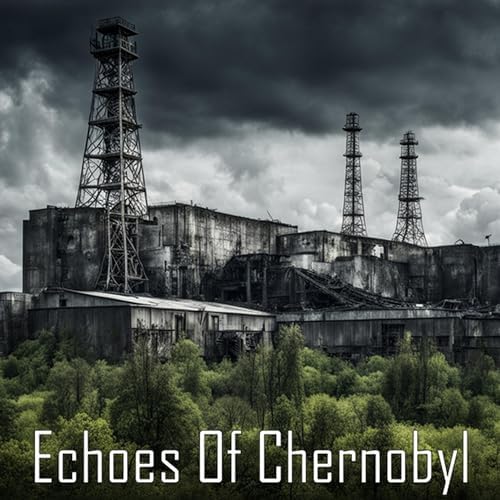Chernobyl: A Lasting Legacy and Ongoing Recovery Efforts

Introduction
The Chernobyl disaster, which occurred on April 26, 1986, remains one of the most significant and devastating nuclear accidents in history. The explosion at Reactor Number 4 of the Chernobyl Nuclear Power Plant, located in the then-Soviet Union’s Ukrainian SSR, released large quantities of radioactive particles into the atmosphere, affecting vast areas of Europe. Understanding the implications of the Chernobyl disaster is vital, not only for its historical significance but also for assessing the ongoing recovery efforts and the lessons learned about nuclear safety and environmental management.
The Disaster and Its Immediate Consequences
The night of the disaster began as part of a safety test that went horribly wrong. A sudden power surge resulted in a catastrophic explosion, which expelled radioactive substances into the environment. First responders and plant workers faced severe exposure, with many succumbing to acute radiation sickness in the days and weeks that followed. Around 30 people died within a few months as a direct consequence of the explosion and radiation exposure, and long-term health effects have been reported among workers and residents.
Evacuation and Contamination
The nearby town of Pripyat, home to some 49,000 residents, was evacuated approximately 36 hours post-explosion. Still, the contamination spread over a vast area, leading to the establishment of the Chernobyl Exclusion Zone, which covers approximately 2,600 square kilometers. The long-term effects of the disaster led to significant public health concerns, including increased incidences of thyroid cancer and other radiation-induced illnesses among those exposed.
Recovery Efforts
In the years following the disaster, extensive efforts have been made to contain the radiation and clean up the surrounding environment. The original sarcophagus built to encase the reactor was later replaced with a more durable structure, called the New Safe Confinement, which was completed in 2016. This remarkable engineering feat is designed to contain the radiation for at least the next 100 years and allow for the dismantling of the reactor.
Current Situation and Future Outlook
Today, Chernobyl presents a complex mix of danger and opportunity. While the area remains hazardous, it has also become a site of ecological interest, with wildlife thriving in the absence of human interference. Researchers and ecologists are closely monitoring the zone to study the long-term effects of radiation on biodiversity. Additionally, Chernobyl has recently gained interest from tourists, with guided tours providing insights into the disaster and its aftermath.
Conclusion
The legacy of Chernobyl serves as a reminder of the potential dangers of nuclear energy and the importance of stringent safety protocols. As international nuclear standards evolve, the ongoing exploration of Chernobyl’s impact on health, environment, and public policy will be crucial in informing future practices. The recovery efforts underscore the resilience of both human and natural systems, providing valuable lessons about our ability to adapt and rebuild in the wake of catastrophe.








